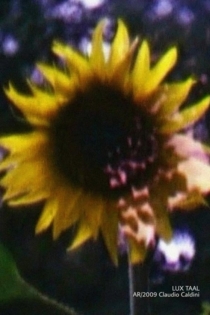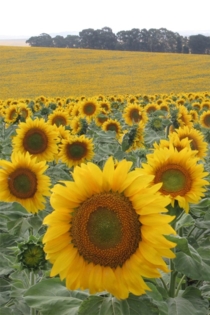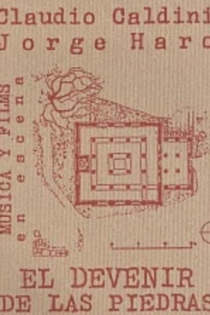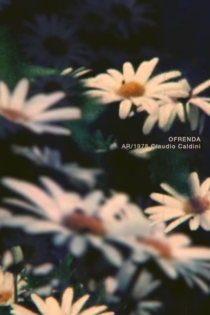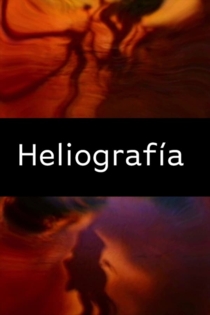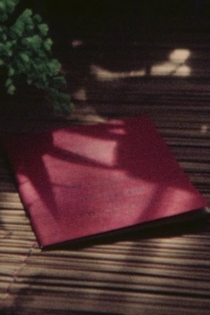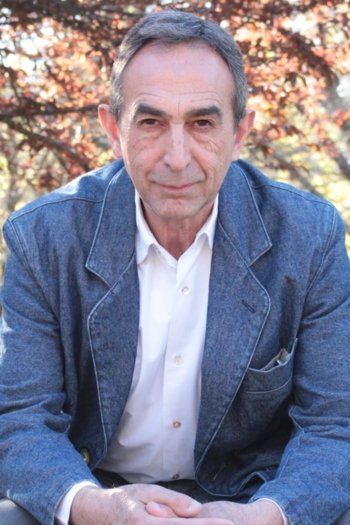
Claudio Caldini
1952 (73 года)Prisma
Claudio Caldini
Single 8, edited in camera, 2005. Made at The Glenfiddich Distillery Artist in Residence Programme, Dufftown, Scotland. Distillery sounds recorded by Claudio Caldini with Andy Fairgrieve. Processing assisted by Martín Pavlovsky. Synth Programming by Caldini, remix assisted by Pablo Dominguez.
Prisma

Gamelan
Claudio Caldini
The camera as the operator's satellite describes a circular path around it, making visible the forces that hold it in orbit. Radius and tangent signal the direction of vision. At times a stroboscopic illusion is created and the movement seems to be inverted.
Gamelan
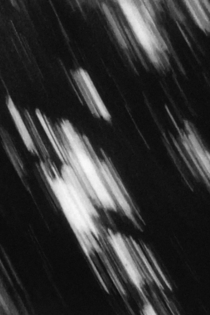
A Través de las Ruinas
Claudio Caldini
To film without looking trough the viewfinder; to emulate a tactile, subconscious vision. This was the intention of "A traves de las ruinas", made during the Falklands War (April-May 1982). The camera is a vacillating gaze that moves about in the darkness or is blinded by flickering. At the beginning, it delves into the sea, later it represents aerial bombardments through urban lights. Silhouettes of human figures appear that never manage to connect with each other. Scarcely lit places, photographed on the "threshold or exposure"; wintry, generalized interaction of spaces, distances and dynamics. A continual present made up of intuitions and imprecise memories.
Through the Ruins

Ventana
Claudio Caldini
The filming of Ventana began as a test of the rewind and superimposition functions of the Single 8 camera: a crescendo of added layers. The space is a camera obscura in which the cameraman's movements convert a line of light into multidirectional rays. Toward the end there are up to eight unique superimpositions and single frames. The music was added in 1989, with an anaogue synthesizer and digital delay.
Ventana

La Escena Circular
Claudio Caldini
The silhouettes of a couple in the window were filmed with few directions for the protagonists. They suggested the synthesis of cinematic space and the universality of their figures. The camera draws attention to moments, gestures, and actions, all inserted into the parentheses of a fade-in/fade-out. Cinema rediscovered as an effective memory machine.
The Circular Scene
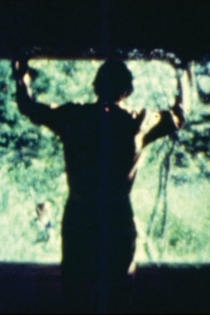
Un Enano en el Jardín
Claudio Caldini
The title Un enano en el jardin is an allusion to the Super 8 format and the setting where the actions that comprise the film unfold. A catalogue of extreme experiments with the mobility of the camera coordinated with brief improvisations by the Brazilian dancer Alice Bloch. It was mostly filmed with an Instamatic m22 camera (possibly the simplest and lightest Super 8 camera, with a fixed lens and manual diaphragm), so resistant that it functioned in conditions that would be unthinkable with a more complex camera, rotating at high speed around the optical axis or tied to a 35mm reel rewinder.
A Dwarf in the Garden
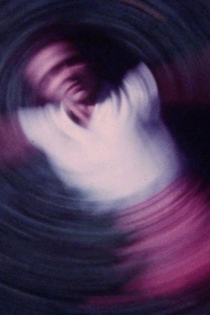
Film-Gaudi
Claudio Caldini
When I first arrived in Barcelona in 1974 I decided to make a film about architect Antoni Gaudi's Park Guell. I found a film already conceived in the 1914 design; it was enough to follow the trajectories traced by Gaudi, imagine them as a labyrinth, reproduce the bursting of the mosaics through an analogous fracture of linear temporality. In the editing I tried to avoid showing passers-by. No human figure should get in the way of the appearance of that fantastic architecture. The stop-motion technique applied to the position and parameters of the camera still seems suitable for representing the undulating space of the park.
Film Gaudí
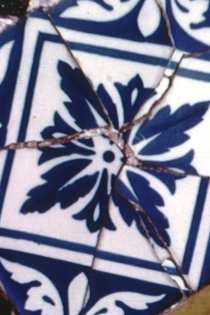
Baltazar
Claudio Caldini
A child plays on the beach; we are in home-movie territory. For years I thought I had made a film-poem, without knowing how to explain it, until Gilles Deleuze created the concept of "perception-image": A character acts on the screen and it is assumed to see the world in a certain way. But simultaneously the camera sees him, and sees his world from another point of view which thinks, reflects, and transforms the viewpoint of the character [...]. In short, perception-image finds its status, as free indirect subjective, from the moment that it reflects its content in a camera-consiousness which has become autonomous ('cinema of poetry'). (Gilles Deleuze, Cinema I: The Movement-Image).
Baltazar


